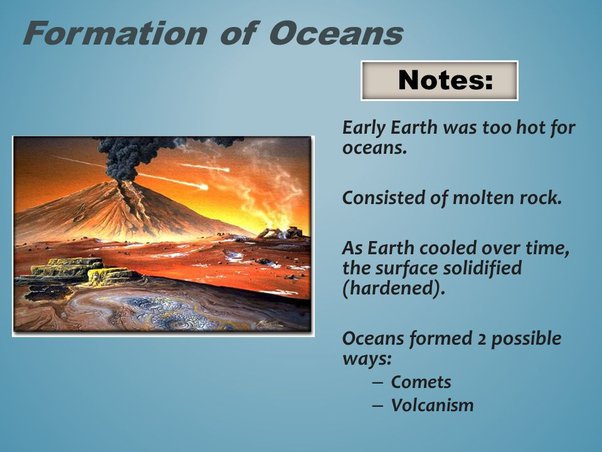2022-10-22 18:43:51
What is Gloger’s rule explanation?
Colour variation associated with Gloger’s rule is mainly due to differences in melanin pigmentation.
Melanins, the most common pigment in birds and mammals, come in two main types:
eumelanins, responsible for black and various shades of grey,
and
pheo-melanins, yielding brown, buff and rufous colours.
Mixtures of both produce intermediate shades.
Climatic variables correlate in different ways with the deposition of both melanin types. In dry and warm areas only deposition of eumelanins is reduced, while in very cold areas both types of melanins are diminished but the effect on pheomelanin is more marked. This results in pale coloration at higher latitudes where temperatures are low, darker and more intense colours in humid and warm places and pale reddish coloration in warm areas with low rainfall.
Camouflage, photoprotection, protection against parasites and pleiotropic effects have been suggested as four main causes of the rule.
Subscribe- t.me/askmenow
8.7K views15:43





